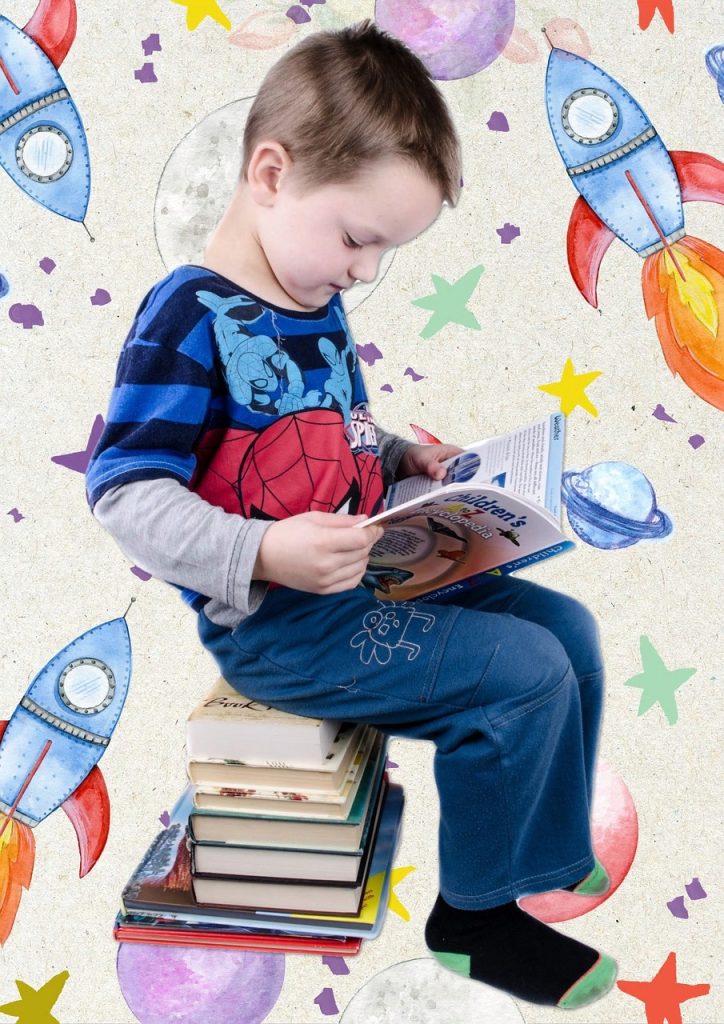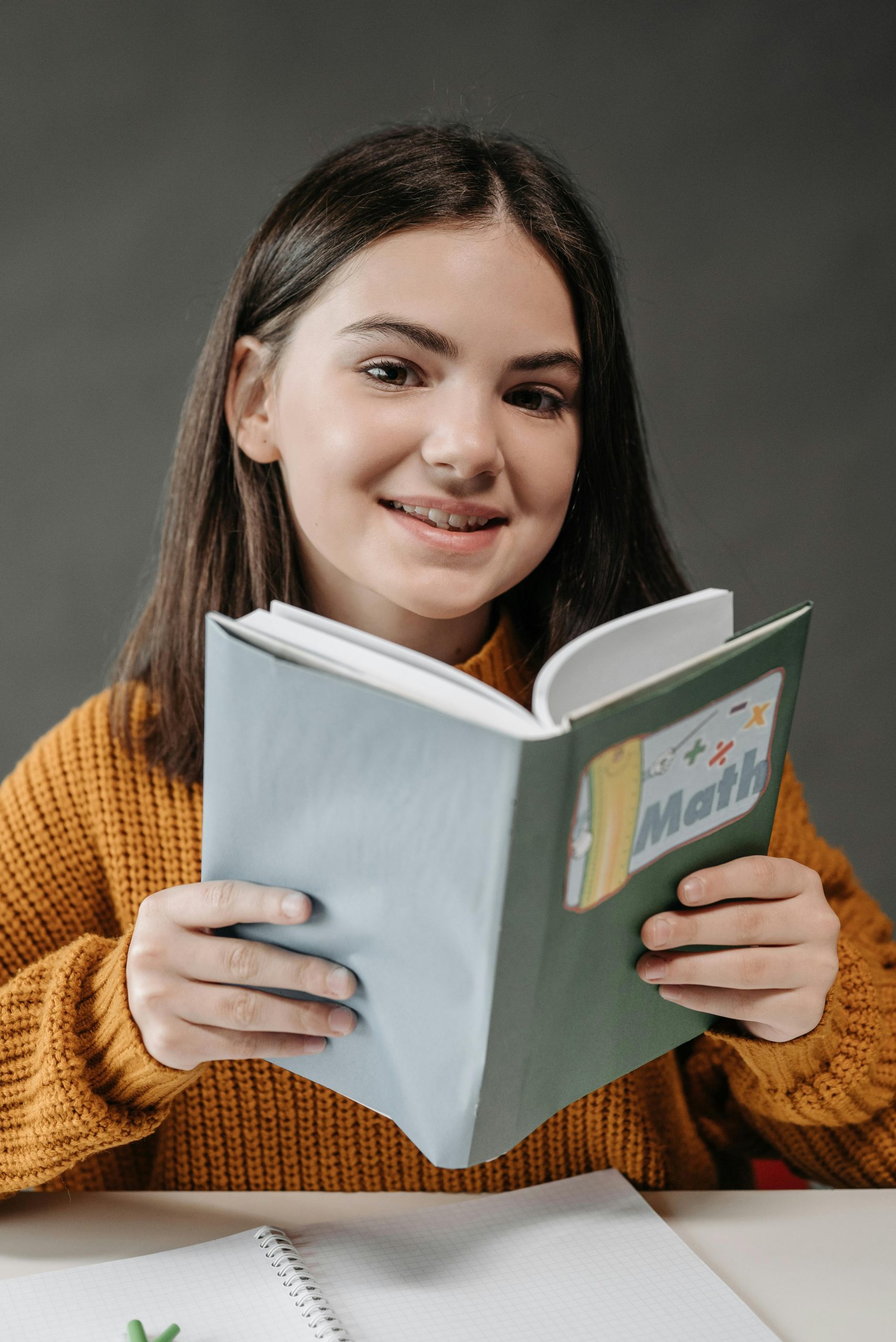By this time of the year, most schools are providing home readers for your child to practise reading at home. If your child is just starting out or is a struggling reader, I would hope that they are sending home decodable texts and not predictable texts. These readers will only have words that they know how to read or can sound out using the letters they have been taught in class. They won’t necessarily repeat the same sentence pattern page after page with a picture to help them guess the word. Your child should be able to sound out most words in order to decode. There might be one or two common sight words such as “the” and “said”. For more information on decodable texts.
The following link has a great explanation. https://www.spelfabet.com.au/2018/05/what-is-a-decodable-book/
When it is time to read with your child, it is tempting to have them read whilst you are cooking the dinner or cleaning up. After all, our lives are busy and we are trying to fit a lot in. It is really important to give your child the focussed time even if it is only five to ten minutes. This sends the message that you value reading. Find a comfortable place to sit side by side. Have the child hold the book and turn the pages as they read. When your child comes across a word they do not know and you know they have learned the sounds that the letters represent, first give them time before you provide a prompt. Sometimes they just need time. If they cannot work it out then have them sound out the word. If they are having difficulty blending the sounds together, model the process and then have your child have a go. If they have not had the exposure to that letter/sound combination then it is alright to tell them the word. Make sure you give specific praise when your child has self-corrected or decoded a word having been given a prompt. It can also be beneficial for your child to repeat reading the text over a few nights. This helps them to build fluency and the ability to begin to map the word so they automatically recognise it without having to sound it out. The following link gives more details as to how you should be using pause, prompt, praise to support your child as they read. https://www.fivefromfive.org.au/parent-resources/reading-with-children/home-reading/
We know that no amount of reading to your child will teach your child to read, however, reading quality books with your child every day is an important part of the learning to read process. You are modelling what good reading sounds like. It helps them to understand the concepts of print and how to read fluently with expression and correct phrasing. It supports the understanding of the structure of stories, builds vocabulary knowledge and most importantly fosters the love of reading.
When you read with your child it is important to discuss aspects of the book. Following are some ideas to consider when sharing a book.
- Prediction- Ask your child to predict what might happen next at turning points throughout the story. You may need to model by giving ideas as to what you think might happen.
- Discuss the meanings of words. Remember to model using the new vocabulary for your child at a later time. It helps to link the new vocabulary that you come across in your books to the context of your child’s everyday life. This helps to build background knowledge.
- Discuss aspects of the book such as setting, characters and plot.
- Relate aspects of the text to your own lives where relevant.
- Have your child retell the text. Younger children can use the pictures in a book to guide their retell.
- Innovate on the text. Model how to retell the story but change the characters and create similar events. Get your child to help you.
- If the text is factual, discuss what the child has learned at the end of the reading period.
Your reading time together should be a positive experience for you both. If for some reason it isn’t, I hope the advice above steers you in the right direction. If you need further support or ideas, we would be happy to hear from you. Drop us a line.



